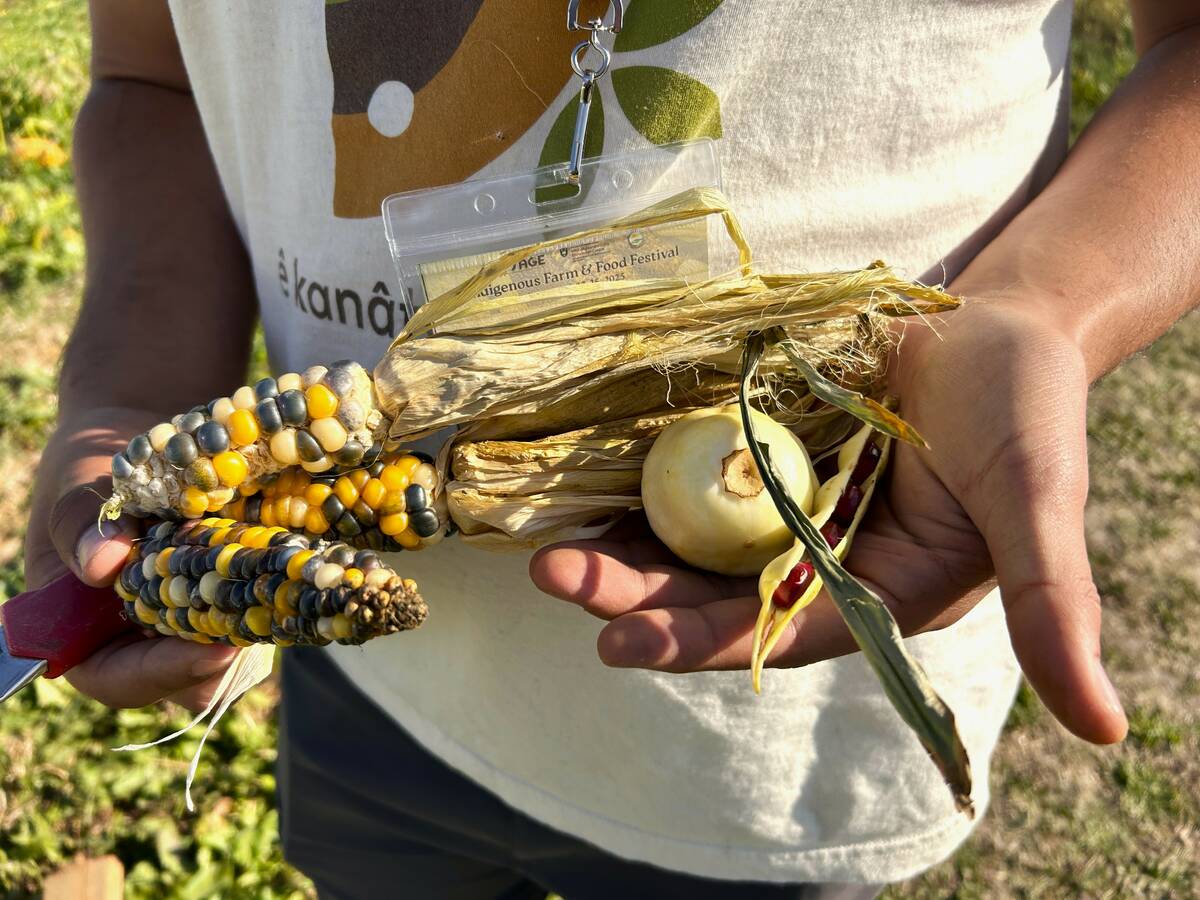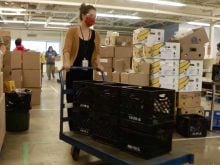While grocery stores are the usual target for campaigns against food waste, the Canadian Centre for Food Integrity (CCFI) says consumers primarily point the finger of blame at themselves.
A survey conducted for the centre found 69 per cent of consumers consider themselves most responsible for reducing food loss and waste, followed by restaurants at 65 per cent, grocery stores 61 per cent, food processors 58 per cent, government 50 per cent and farmers 46 per cent.
“Everyone in the food system can play a role in finding solutions, right through to each of us in our own homes,” said CCFI president Crystal Mackay. The survey found throwing out leftovers was the main cause of household food loss and waste, followed by food reaching the best-before date and buying too much food.
Read Also

Regenerative practices meet Indigenous knowledge on the Prairies
What do traditional Indigenous agricultural practices and regenerative agriculture have in common? Quite a lot it turns out.
The survey also found only 39 per cent of consumers are strongly concerned about the amount of food loss and waste in Canada overall, 58 per cent make every effort to reduce the amount of food thrown away at home and 42 per cent say they waste less food than a year ago.
Mackay said the survey results demonstrate a clear need to provide more information and advice on how to reduce their personal food waste. Seventy-one per cent wanted tips to reduce food waste, 68 per cent sought a guide to reduce food waste and ‘recycle food you can’t eat,’ and 67 per cent said information ‘to show me how reducing food waste can save money.’
“The attention on grocery stores to reduce food waste is warranted as the volume of it all in one concentrated location is significant,” she said. “So all efforts to create systematic options to get food to people who need it most can make a big difference. Food safety regulations and requirements require very serious consideration in any solutions.”
CCFI and Provision Coalition have led the creation of the Tackling Food Loss + Waste program with funding from the Walmart Foundation.
Mackay said a lot of food “is thrown away after it is purchased, or even prepared, because of its perishability. Much of the foods we buy — fruits and vegetables, roots and tubers, fish and seafood, dairy, meat and cereals — are easily damaged and have short shelf lives.”
Mackay said a good starting point for finding answers is with www.bestfoodfacts.org which offers more than 200 university and independent experts “who answer questions about anything on your plate across all major social media channels.”
She cited a Best Food Facts presentation by Robyn Barefoot, a registered dietitian, who starts her advice with the simple suggestions of plan ahead and shop often.
“Planning meals in advance can help utilize the food purchased,” Barefoot said. “Using tools such as websites, paper and pen, calendars or even something as simple as a chalkboard can help to make meal planning possible. Making a shopping list and sticking to it goes hand in hand and can help to avoid unnecessary purchases that may not get eaten. Another personal favourite is shopping at bulk food stores. This can help reduce waste of dry storage items such as spices, dry pasta and crackers, grabbing only how much you’ll need … while saving money too!
“Reducing food waste starts with planning meals in advance and smart shopping at the store. Utilize your refrigerator and freezer to extend the life of fresh foods and keep food storage areas organized so you know what you have on hand. Using as much as possible of the foods you purchase helps to save money and helps the environment.”















